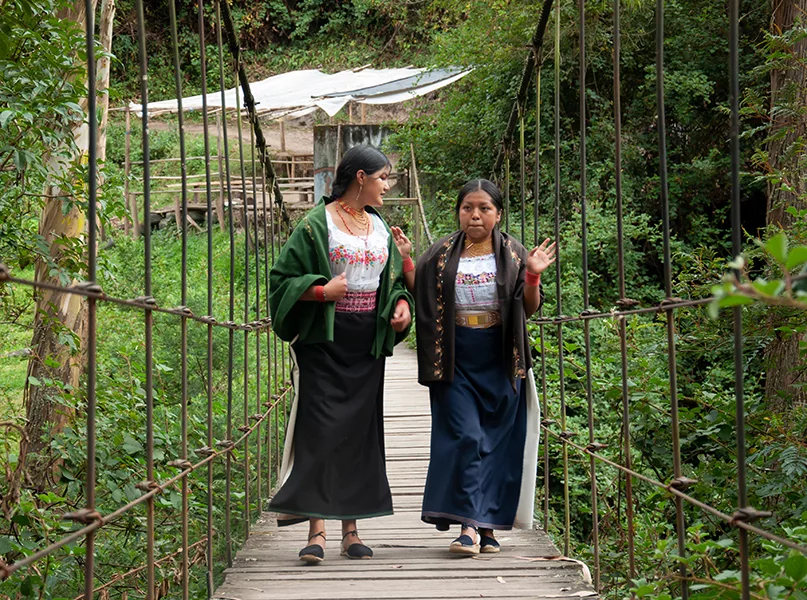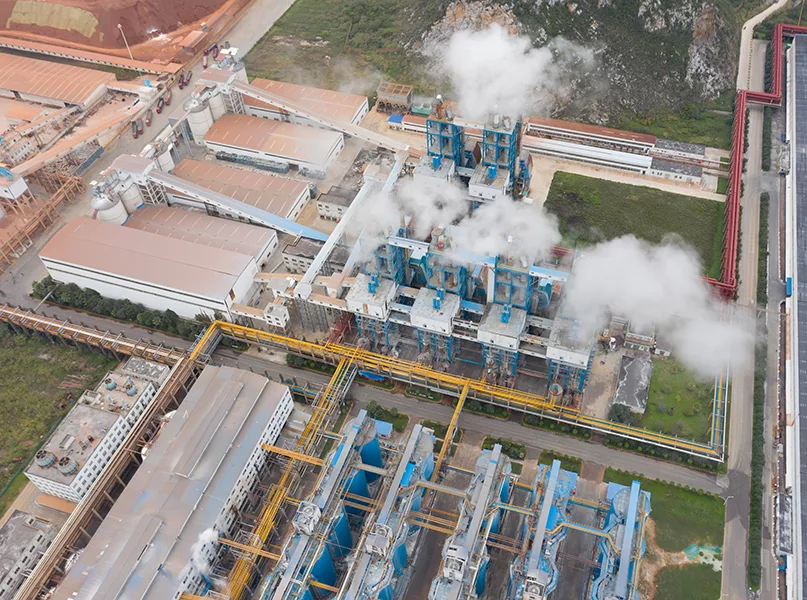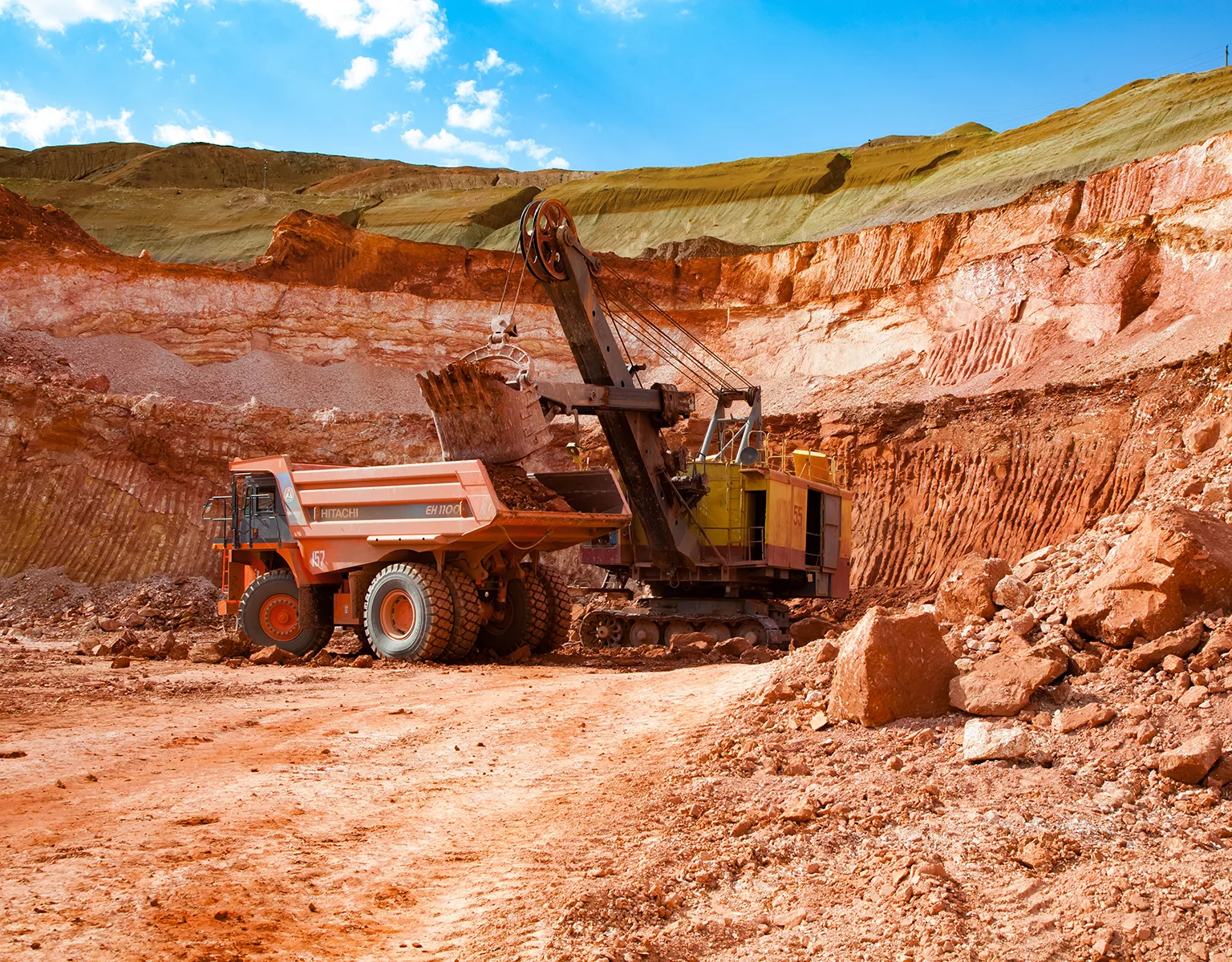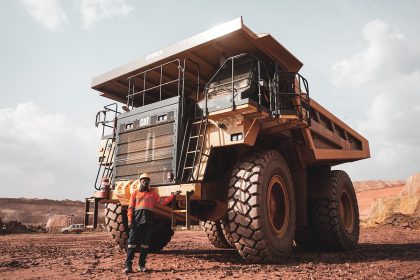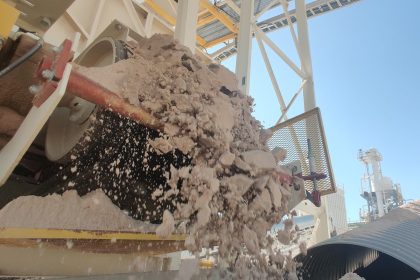Guinea is the home to one-third of the best bauxite reserves on the globe. We take a look at world-leading bauxite producer Compagnie des Bauxites de Guinée and the importance of aluminium on an international level.
ANSWERING ALUMINIUM DEMAND
Bauxite has an important role to play in modern society. It is a resource key to the production of aluminium, a material used across the globe and in a multitude of industries, from automotive production and aeronautics to electricity, packaging, and the construction of buildings, infrastructure and more.
When it comes to production, bauxite requires various steps including prospecting, planning, stripping, drilling and blasting, transportation, crushing and drying.
It takes approximately four tonnes of bauxite to make two tonnes of alumina, which in turn produces roughly one tonne of aluminium. Meanwhile, aluminium is present in more than 35 percent of modern materials and equipment used around the world, making bauxite a highly sought-after resource critical to our modern way of life, and bauxite mining companies key to keeping our world turning. One such player in the bauxite mining space is Compagnie des Bauxites de Guinée (CBG).
CBG supplies its customers with bauxite that has a moisture content significantly lower than or equal to seven percent. This low level of humidity gives the bauxite a superior quality, facilitating, among other things, its transport by boat as well as unloading and transformation operations. Since 1973, CBG has shipped over 500 million tonnes of bauxite to the world market, earning the company the renowned position of world leader in bauxite provision.
CBG operates a series of bauxite deposits in the prefectures of Boké, Télimélé and Gaoual in Guinea. The most important of these is the Sangarédi plateau (Sangarédi), with an alumina content unique to the region. The process involved on the Sangarédi plateau includes going from the Sangarédi mine to the Kamsar plant via a 135-kilometre (km) railway line.
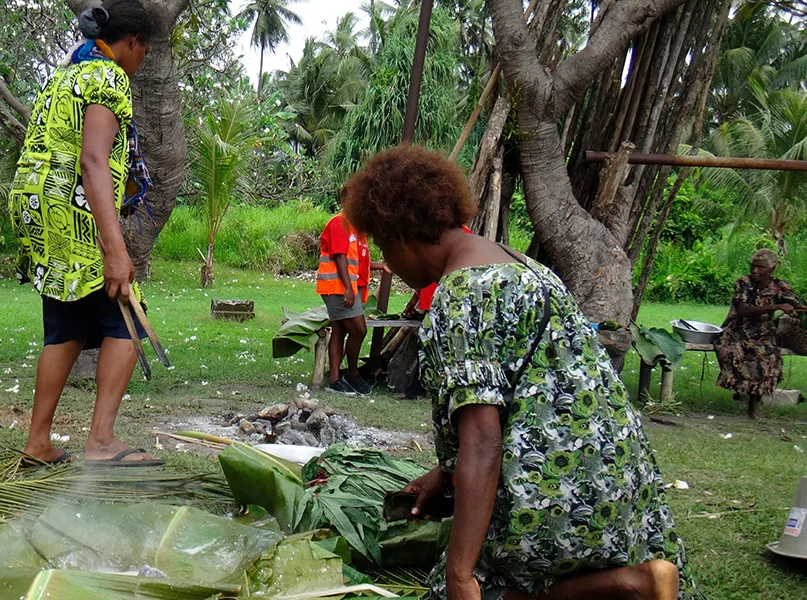
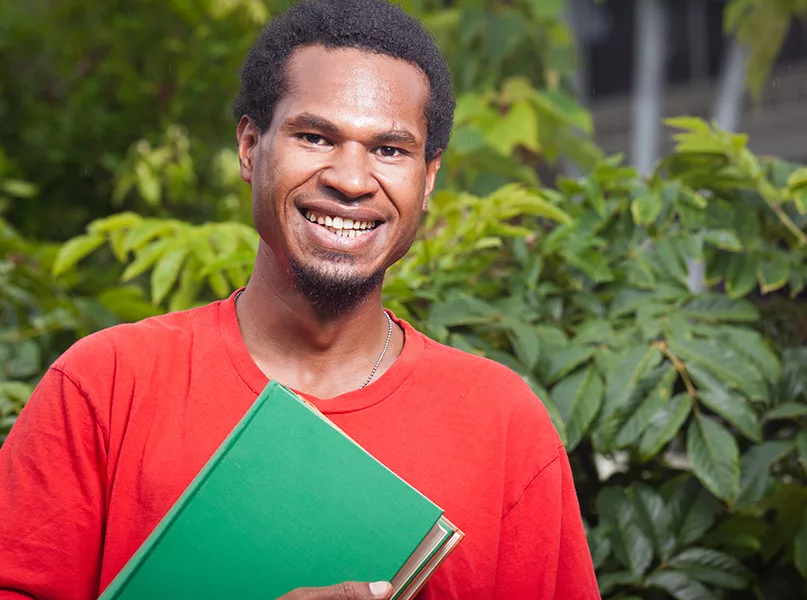
GROWING ACROSS GUINEA
At Sangarédi, bauxite is produced according to a well-executed mining plan. The process involves drilling holes in the mine, loading them, then blasting them with the explosive ammonium nitrate fuel oil (ANFO). The configuration of such holes is designed to achieve the optimal fragmentation of the ore. Following this operation, the bauxite is loaded into 77- to 100-tonne trucks and transported to the homogenisation stocks, where it is then placed onto trains (120 wagons at 82 tonnes each) and taken to the company’s Kamsar plant. The production flow is maintained continuously thanks to a rotation loop, ensuring a consistently streamlined operation throughout.
In Kamsar, the raw material is crushed in a workshop and handled towards production control stocks or the drying ovens. The crushed and dried bauxite is then sent to be loaded onto ships with capacities averaging 50 to 70,000 tonnes.
With the expansion of CBG’s operating capacities, the company will produce up to 19 million tonnes per year in the first phase, 25 million tonnes in the second, and an estimated 28 million tonnes in the third phase. By doing this under the best possible health and safety conditions, CBG positions itself as one of the biggest and best bauxite producers in the world.
It is an exciting time for CBG. Financed by loans from major international financial institutions, including the International Finance Corporation (IFC), the Development Bank of the United States (DFC) and UK Finance, CBG is looking towards an expansionist future. Such growth will enable CBG to not only increase the production capacities of the Sangarédi mine as well as surrounding infrastructures such as the railway, processing plant, port, power plants, and cities, but also generate jobs and increase the company’s contribution to the internal revenues of the Guinean state.
GREEN OPERATION
Above all, CBG is committed to respecting international standards and this is reflected in its adherence to the highest standards in the world in this area, placing great focus in its corporate social responsibility (CSR), the promotion of the health and safety of its employees, and the protection of the environment.
CBG recognises the importance of increased sustainable mining practices and consequently operates responsibly in one of the largest bauxite reserves in the world. The company’s activities contribute to sustainable growth for the benefit of a healthier environment, more resilient communities, and fulfilled employees.
Bauxite mining generates considerable challenges, including social, environmental and human rights-related issues. While very aware of this fact, CBG has placed the question of sustainability at the heart of its corporate strategy. To do this, CBG makes every effort to comply with all national and international legislation applicable to the industry as well as the highest performance standards in terms of environmental and social management. These standards include those of the IFC, the Aluminum Stewardship Initiative (ASI) whose certification is in progress, ISO standards as well as the United Nations Guiding Principles on Business and Human Rights.
CBG’s approach is based on the support, involvement and active participation of its stakeholders in the initiation and implementation of projects and activities, particularly in favour of local communities and the environment. It is a matter of ensuring that they work with them appropriately to guarantee the success and sustainability of the achievements.
National and international practices and standards are also adhered to by CBG, to manage and mitigate environmental and social risks and impacts in order to promote and enhance sustainable development.
On top of this, the preservation of biodiversity and ecosystem services remains a key priority. So much so, that this component is a key performance indicator for operational excellence. To materialise this commitment, CBG has voluntarily subscribed to the Performance Standard (PS) Six of the IFC, which is the most demanding in this area.
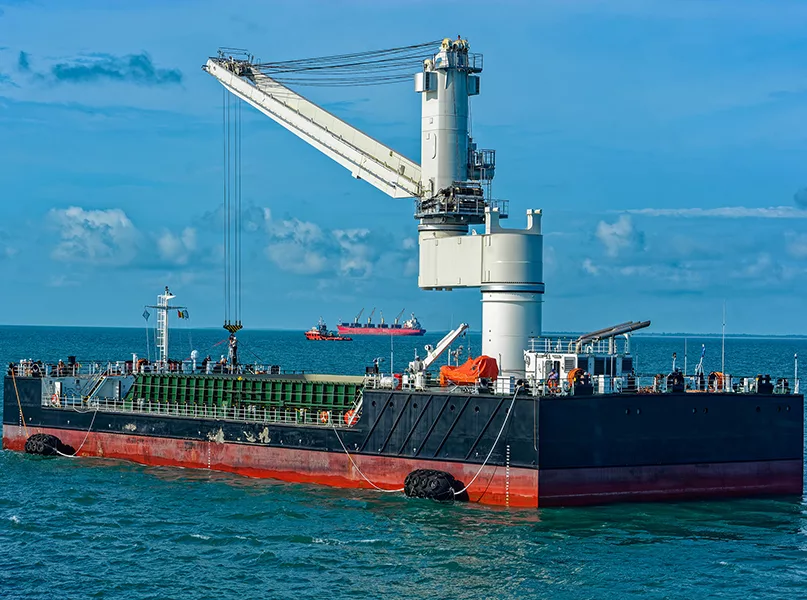
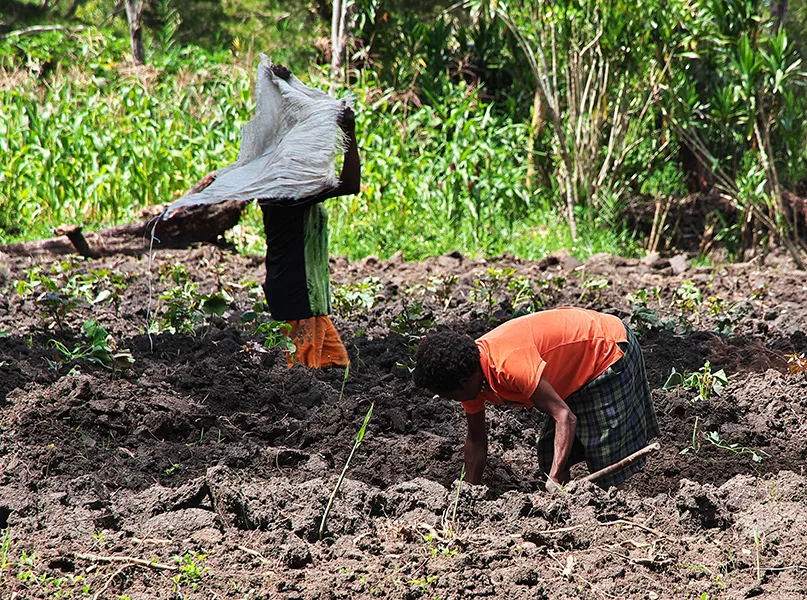
COMMITTED TO THE COMMUNITY
Local communities, particularly those neighbouring company operations, are at the centre of CBG’s priorities – this is a societal commitment that the company has imposed on itself.
At CBG, the management of community relations is the result of a skilfully thought out and mature process which has enabled it to establish an appropriate framework governed by a certain number of principles. These include establishing and maintaining lasting relationships based on mutual trust and respect; promoting the culture of responsibility at the level of all actors; practicing the spirit of active and independent partnerships; and establishing a mechanism for handling complaints and grievances from local communities.
Community development has always been one of CBG’s highest priorities. To date, the company has invested more than USD$60 million in the development of infrastructure and basic social services for local communities. Since 2017, CBG has been investing up to USD$2.5 million in the socio-economic development of communities, and on top of this, the company has supported the construction of some 220 infrastructure developments based on various local development plans.
CBG also invests in the development of income-generating activities, particularly for young people and women. They aim to improve their income with a view to their economic empowerment. Launched in 2017 with a start-up fund of approximately USD$3 million, this programme is showing positive results with an average increase in community income of more than 100 percent.
In collaboration with local authorities, CBG has supported the creation of 10 micro-enterprises run by young people. Since 2010, this has resulted in the creation of nearly 3,000 direct and indirect jobs with a turnover of around USD$3 million.
In 2010, CBG promoted the creation, training and supervision of a set of ‘Very Small Enterprises’ (VSEs) in collaboration with the local authorities. These VSEs mainly operate in the sectors of sanitation, construction, rehabilitation and reforestation, and market gardening. To date, this policy has made it possible to create about 10 VSEs in Sangarédi and Kamsar, which employ more than 950 people. This initiative has greatly contributed to establishing social peace.
Promoting and respecting the traditional and cultural heritage as well as the human rights of local communities remains a top priority in this approach. The company is committed to developing and maintaining trusting and lasting relationships with local communities, based on mutual respect, transparency, active partnership and long-term commitment. CBG ensures that its community investments are aligned with community priority areas such as health, education and basic infrastructure, to name a few.
